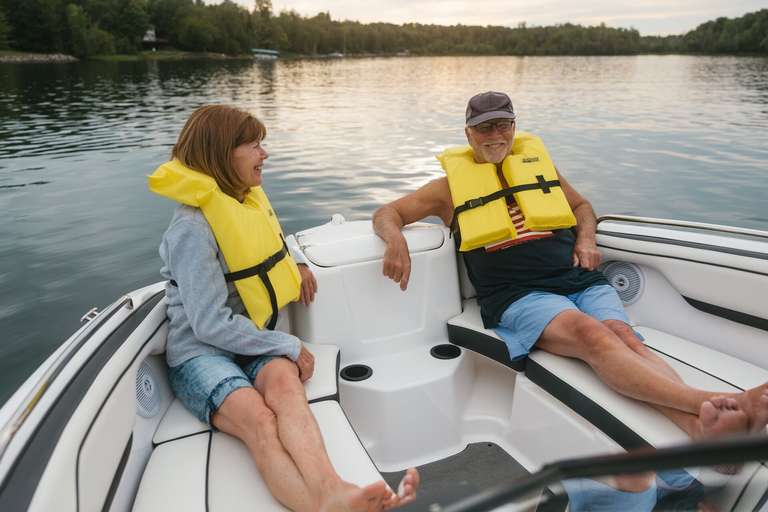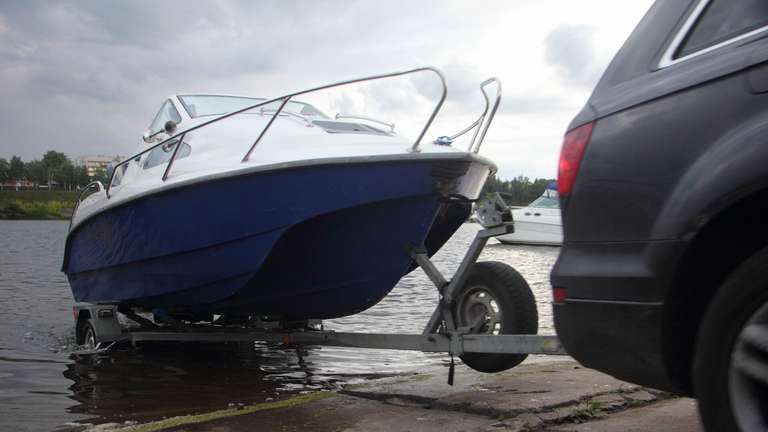What is Running Aground? (And How to Avoid it)
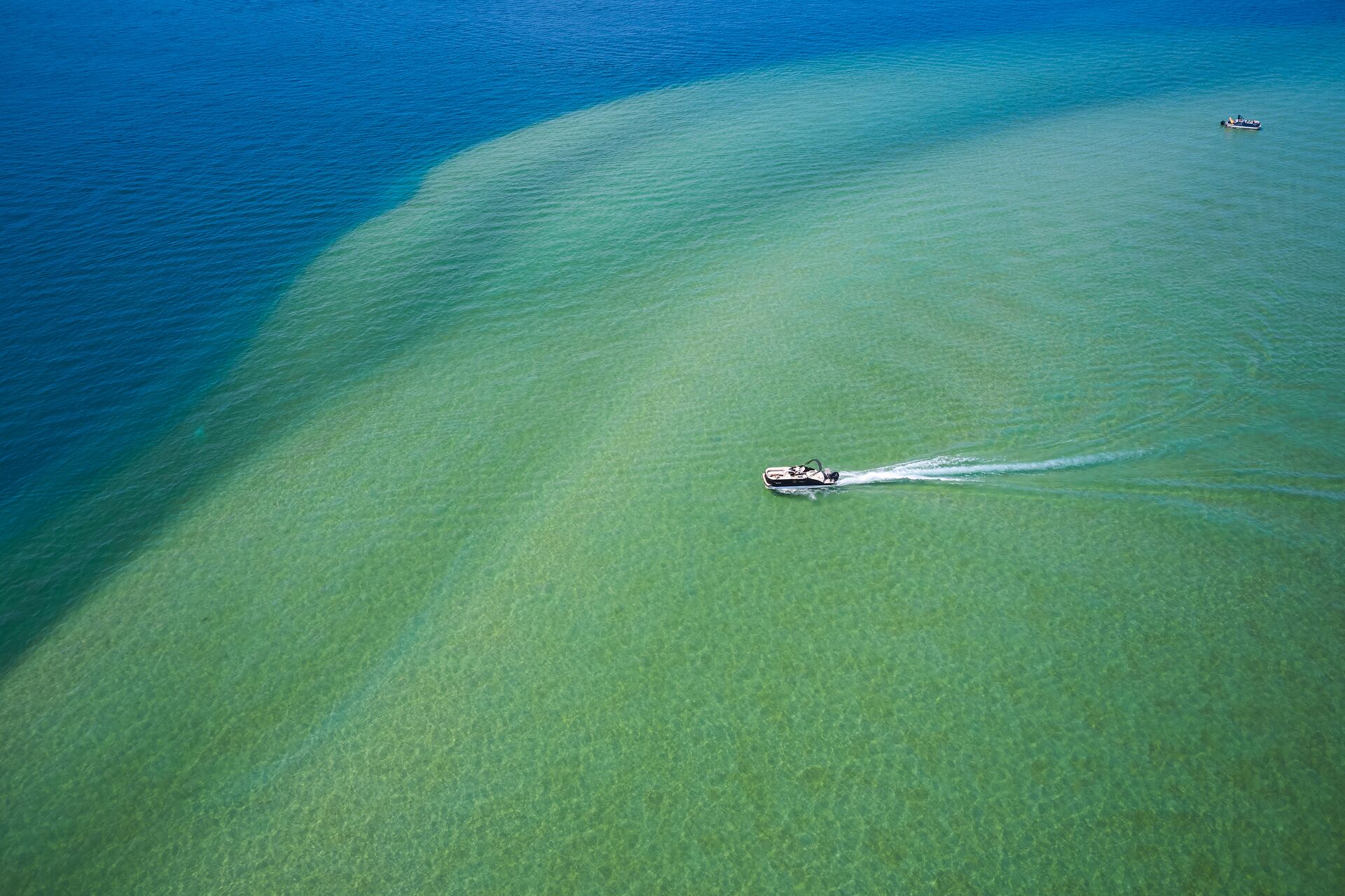
Enjoying your boat is best done while in the water — not when your boat runs aground.
Boats in operation should stay on the water, but what could cause them to end up on the shore or a dock? Boats can end up out of the water if you're practicing unsafe boating techniques or if something goes significantly wrong while being safe.
So, what is running aground, and how can you avoid it? What should you do if it happens to you? Keep reading to find out!
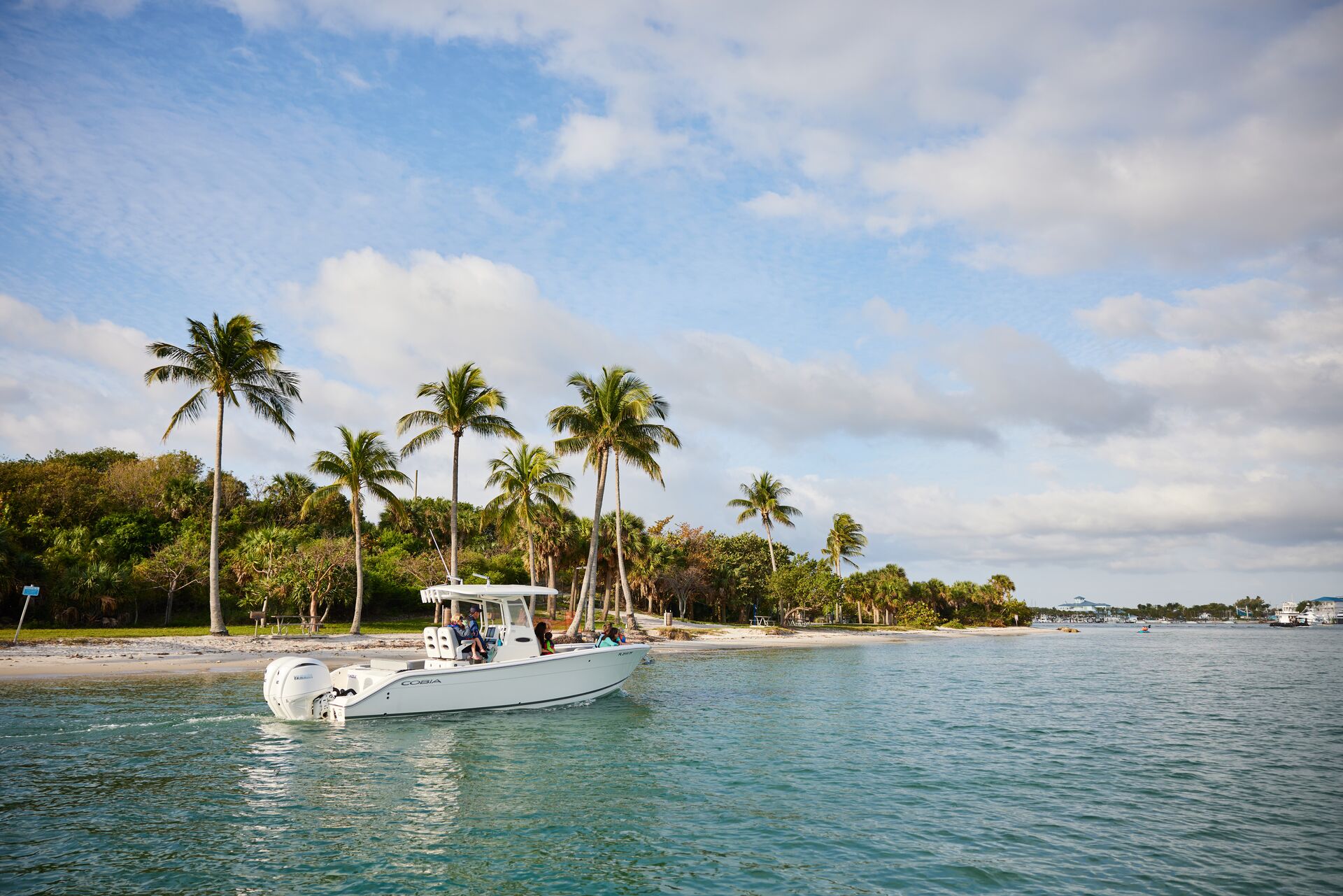
What Is Running Aground or Ship Grounding?
We hope it never happens to you, it can happen — especially in shallow waters. It's good to know what it means and what to do if it does.
Running aground occurs when the water is too shallow to float a vessel.
This can be done intentionally when maintenance is required or when landing cargo. However, it most often occurs due to a lack of understanding about water depths, operator error, or a change in the floor of the body of water.
How to Avoid Running Aground
Running aground can happen if you're not paying attention while at the helm of a boat, but there are some easy tips to avoid it.
When operating a boat:
- Avoid rocks, sandbars, and other underwater hang-ups.
- Consult nautical charts of the area where you plan to boat. Talking to other boaters and local marinas is also a helpful way to learn about underwater hazards.
- Always have a lookout watching for shallow water markers such as buoys. They should also watch for shoals and sandbars.
- Maintain a safe speed; going too fast can prevent you from having the time to react to a hazard that might otherwise be avoidable.
- Use a depth finder, which will alert you when the water depth changes and is becoming shallower. However, this equipment is not a substitute for a proper lookout.
Nothing replaces simply looking closely for changes in the water depth or noticing objects in the water to avoid running aground.
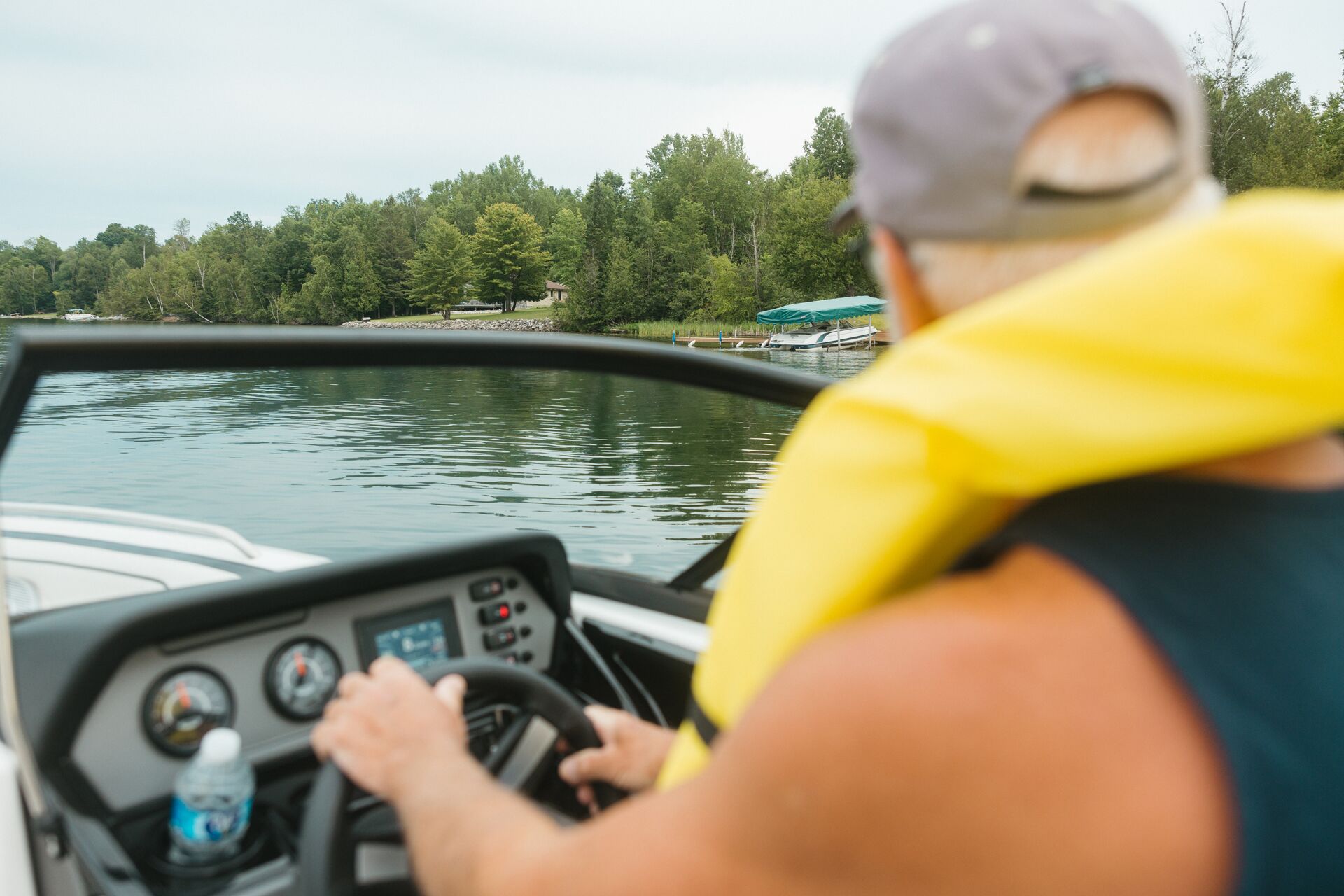
What Should You Do First If Your Boat Runs Aground?
If you run aground, the first thing to do is to stop and assess the situation.
Always stop the engine and make sure all passengers are okay. If anyone is hurt or has fallen overboard, use your VHF radio to contact authorities and send out a distress signal to inform other boaters you need help.
If no one is injured and you're not in danger, check the boat's hull for damage. If you see any damage, cracks, or leaks, do not attempt to move the boat on your own. Flag down another boater or radio for assistance.
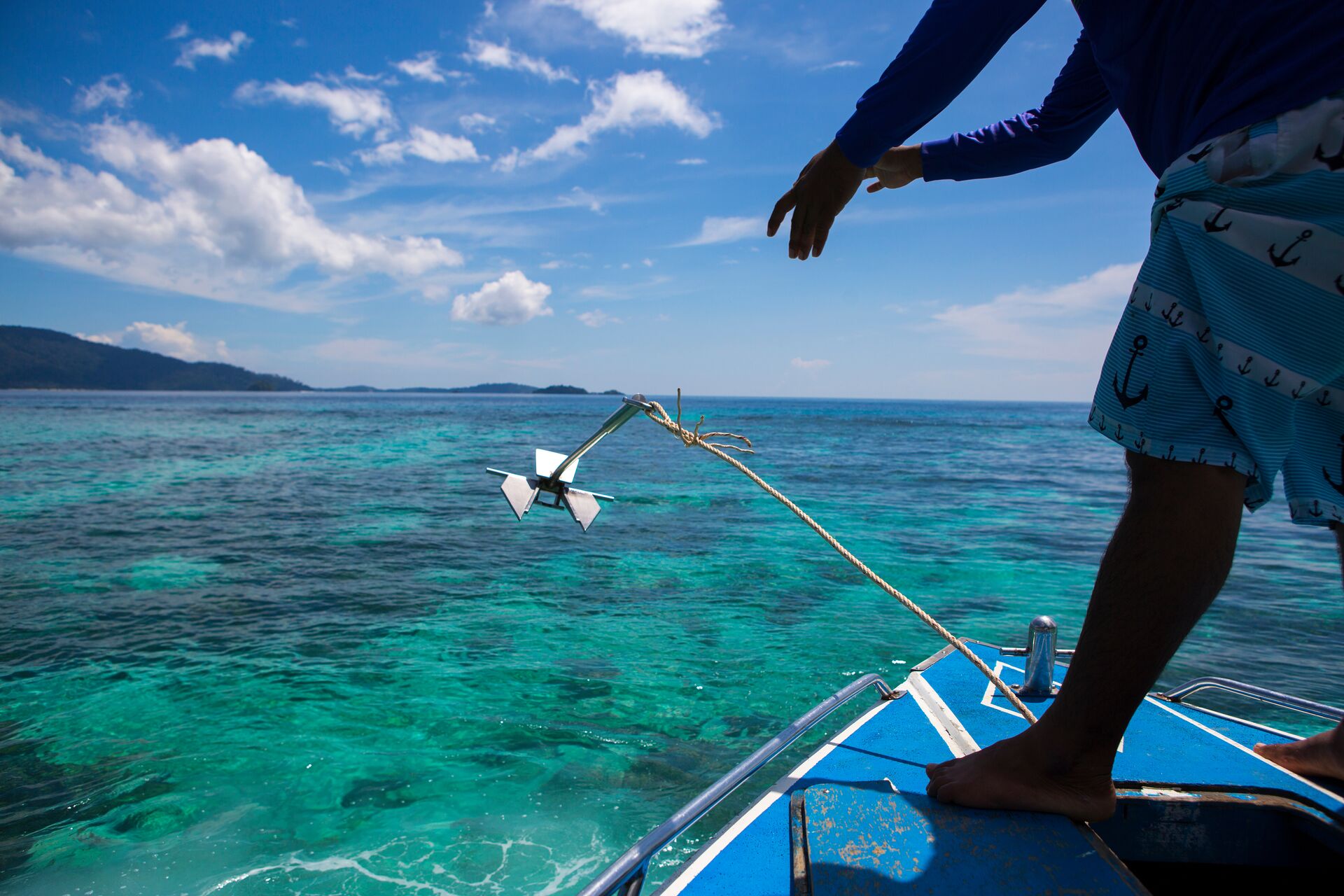
3 Ways to Get Your Boat Loose
However, if there's no structural damage, try getting your boat loose. Depending on what the boat is grounded on and how stuck it is, you may try:
- Reversing the boat. If it is not grounded severely, you may be able to simply reverse the engine. Tilt the engine upward (if it's an outboard or inboard/outboard), shift weight away from where the boat is grounded, and slowly reverse it back into deeper water.
- Pushing the boat. If reversing doesn't work, turn your engine off. (If the engine is an outboard, lift it out of the water.) Shift weight away from where the boat is grounded, and use a spare paddle to push off. If on a sandbar with enough sand, climb out of the boat and try to push your boat off.
- Use a kedge anchor. This is a small, lightweight anchor used to haul a grounded boat. These can be brought in using a small dinghy or walked out using a personal flotation device (PFD) or other flotation device. Once the kedge anchor is at the boat, attach it to the anchor line, release the anchor, and use it to pull the boat off the structure.
After getting your boat free from what caused it to run aground, check the hull again. If everything seems to still be intact, head back to shore or your dock.
We recommend conducting a thorough inspection of your boat after mooring back at the dock and before hitting the water again — in case you missed some damage from the initial inspection and your boat is at risk of taking on water when you take it out on the water again.
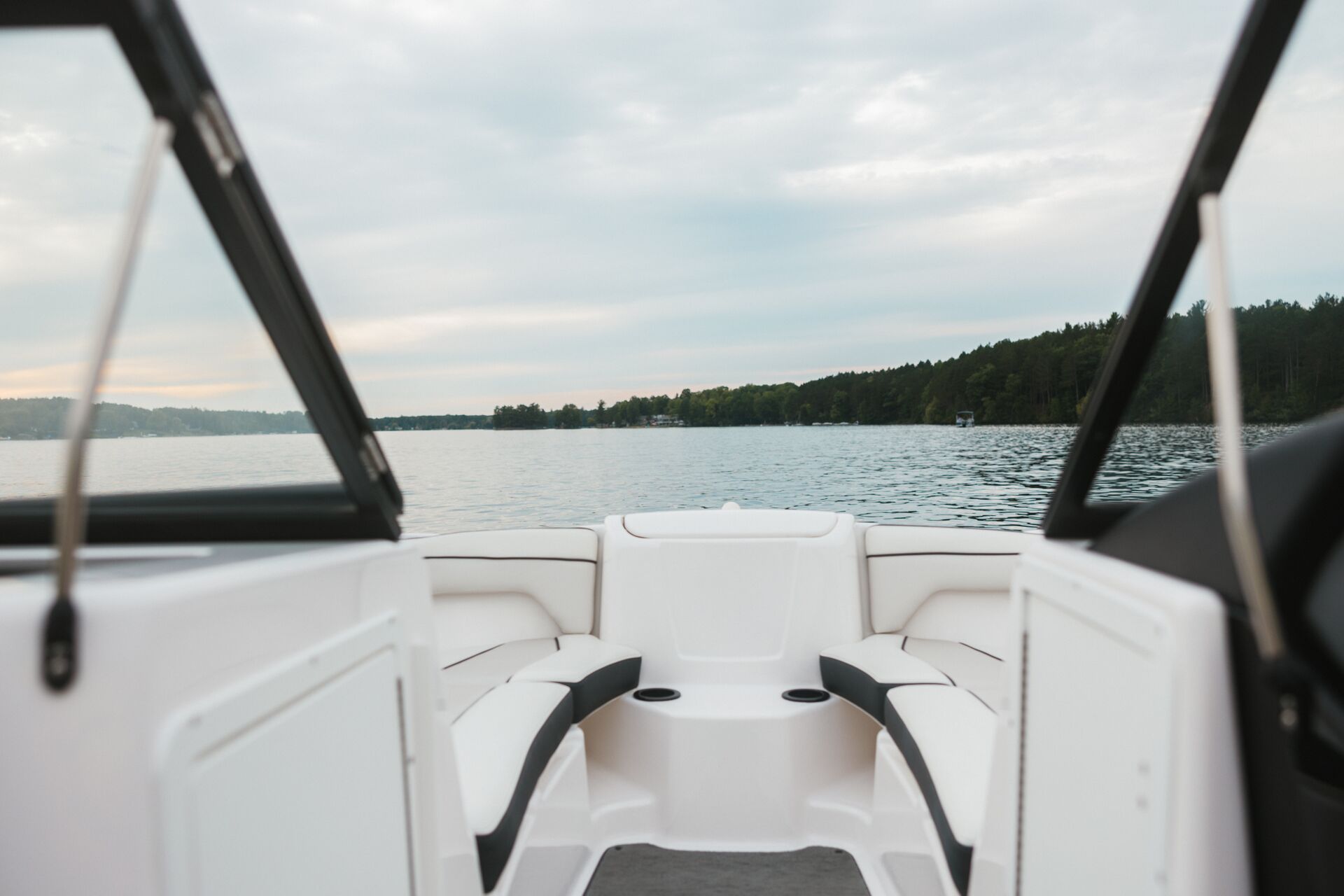
Boat Safely to Keep Your Boat in the Water for More Adventures
The best way to avoid running aground is to learn how to boat safely! Applying the tips we mentioned today is a good start, but they aren't the only things boat operators need to know to protect themselves and others on the water.
ost states also require boat operators to pass a certified boating education course — like the ones we offer here at ilearntoboat. Our online courses are a fun and fast way to learn boat safety and get your boater card for legal boating.
So, as you plan your next boat adventure, choose the course for your state and start learning!
Originally published in February 2021. Content most recently reviewed and updated May 31, 2024.


